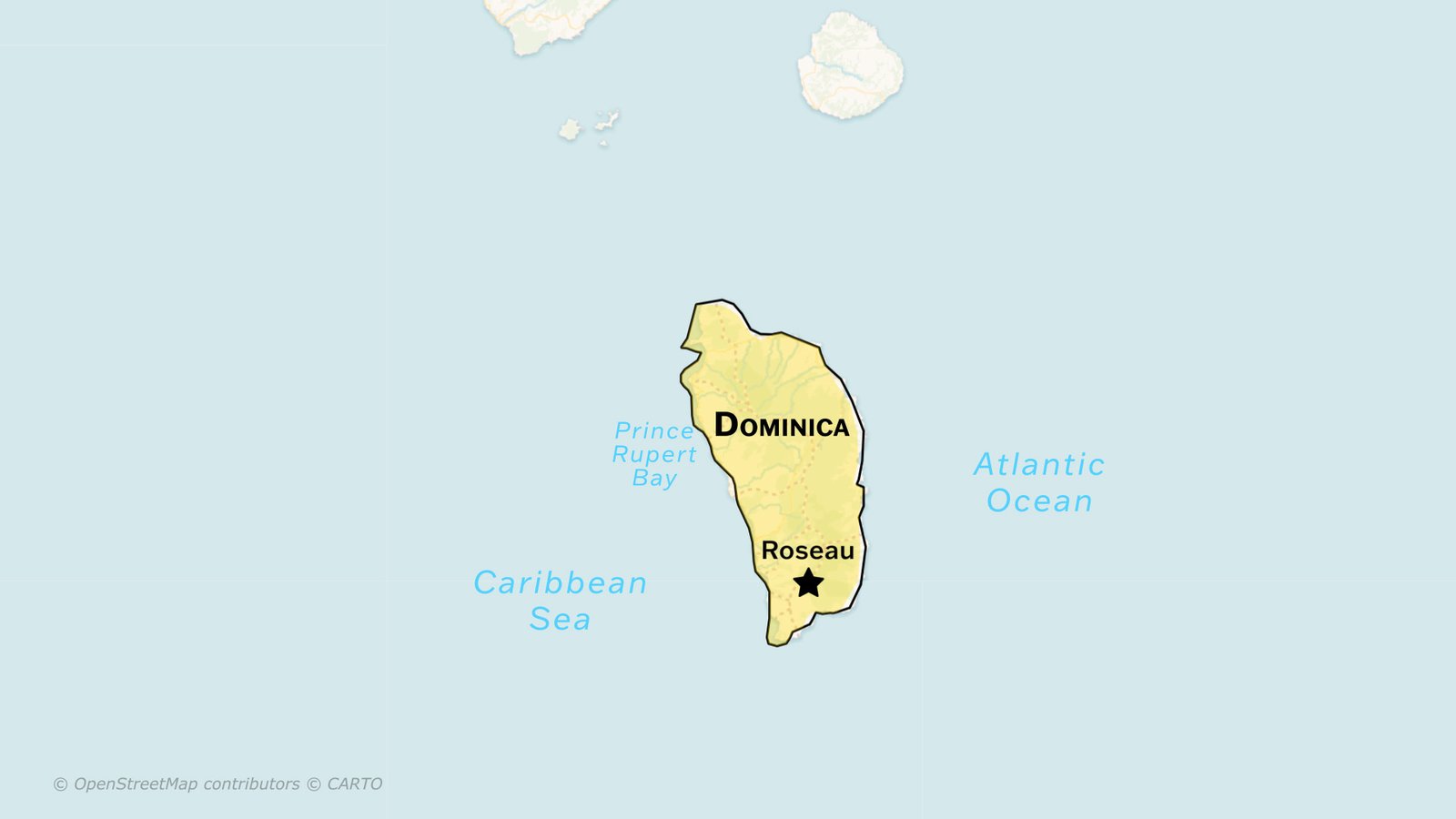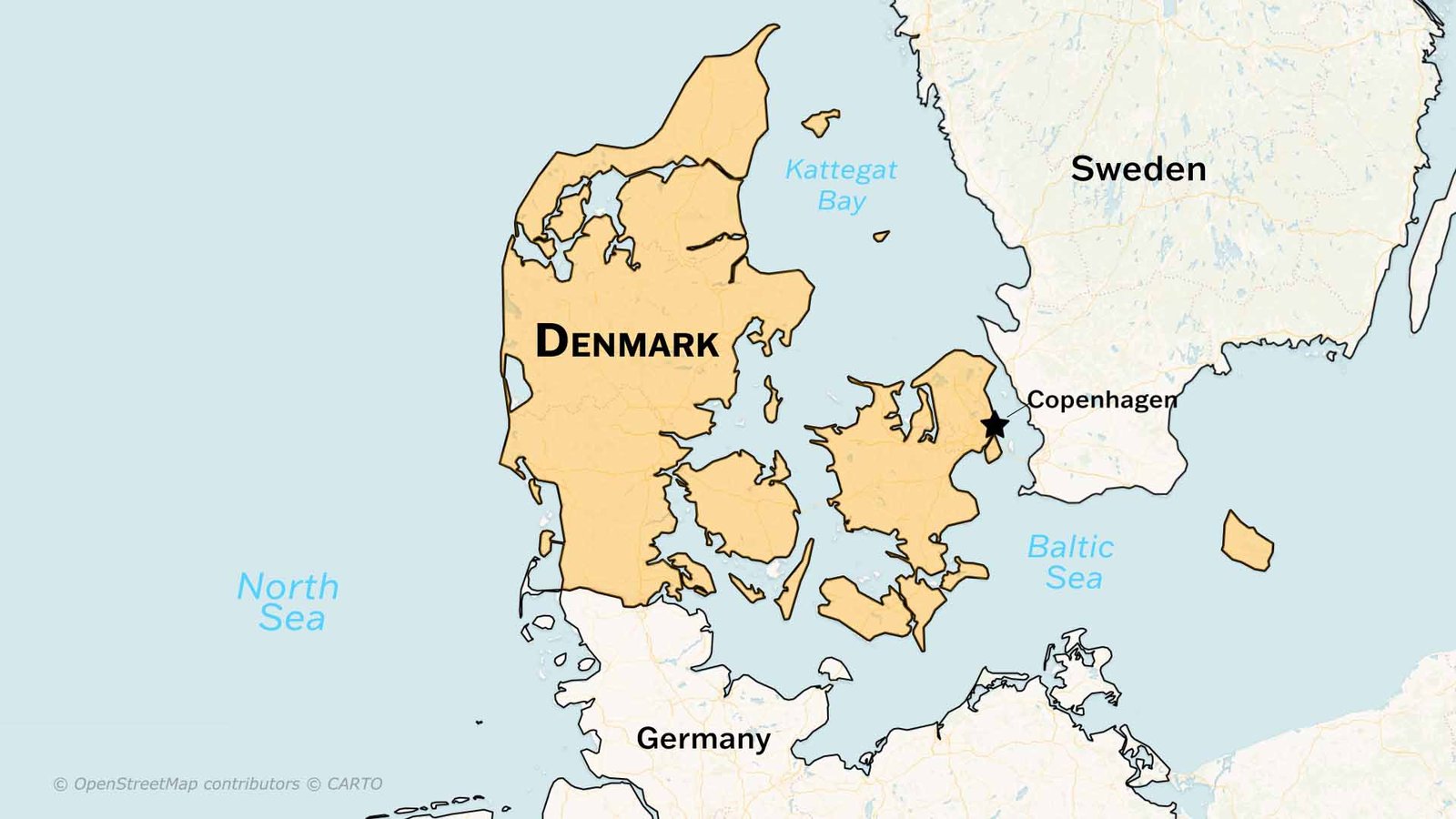Historical Background of the Indian constitution includes laws during the East India Company Rule in India and later during the British Raj. Before we begin, a disclaimer: The whole and sole purpose of this video is quick revision. You can refer to this post either before reading the chapter for a preview or after for a quick overview.
Back to 1773 – The Rise of Company Rule
The English East India Company was becoming wealthy, mainly due to corruption and private trade. The British Parliament in London grew envious of this power and decided to regulate the Company with new rules.
The Company Rule (1773–1858)
Regulating Act of 1773
- The British had spread across Bengal, Bombay, and Madras. They felt the need for a central control room in India.
- Bengal was chosen as the central point.
- The Governor of Bengal became the Governor-General of Bengal.
- Warren Hastings became the first Governor-General and grew “OP” (overpowered).
- Company officials were banned from private trade.
- A Supreme Court was established in Calcutta.
- The Act would be revised every 20 years.
- However, Warren Hastings misused his power and indulged in corruption—so the regulation failed.
Pitt’s India Act, 1784
- Proposed by PM William Pitt to fix the flaws of the 1773 Act.
- For the first time, Company’s Indian territories were officially termed “British Possessions in India.”
- Political and commercial affairs were separated.
- A Board of Control was created in London for political affairs.
- A Court of Directors was set up for commercial affairs.
- This began the Dual System of Governance.
Charter Act of 1793
- Governor-General was given more power over Bombay and Madras (centralization++).
- Company’s trade monopoly (granted in 1600) was extended for 20 more years.
- Board of Control’s salary would be paid from Indian revenues.
Charter Act of 1813
- Company’s trade monopoly was abolished, Indian trade opened to all British merchants (except in Tea and China).
- Provision to spread Western education in India.
- Christian missionaries were allowed to travel and preach.
Charter Act of 1833
- Maximum centralization (+++).
- Governor-General of Bengal became Governor-General of India.
- Lord William Bentinck became the first GG of India.
- EIC became a purely administrative body.
- Attempt to introduce open competition in civil services (unsuccessful).
- Laws made under this Act would be called “Acts” instead of “Regulations.”
Charter Act of 1853
- Introduced separation of powers: legislative and executive functions separated.
- Legislative Council was set up to make laws.
- Open competition in civil services was introduced.
- EIC could rule India as long as British Parliament was satisfied.
1857 Revolt
- The 1857 revolt shook the British Empire.
- British Parliament decided: No more East India Company.
- India would be brought under direct British Crown control.
Government of India Act, 1858
- India would now be ruled in the name of the Queen.
- Separation of powers was reinforced to avoid any “overpowered” organ.
- Secretary of State for India office created (in London).
- Ended the Dual Government system introduced by Pitt’s Act.
- EIC was officially abolished.
Indian Councils Acts (Participation of Indians begins)
Indian Councils Act, 1861
- Decentralization started.
- Bombay and Madras got back their legislative powers.
- New legislative councils for Bengal, NWFP, and Punjab were formed.
- Portfolio system began—e.g., ministries like Finance, Home Affairs originated here.
- Viceroy could issue ordinances.
Indian Councils Act, 1892
- Some non-official members were added via nomination.
- Indians got the right to discuss the budget and ask questions—but not supplementary questions.
Indian Councils Act, 1909 (Morley-Minto Reforms)
- Introduced Separate Electorates for Muslims: only Muslim voters could vote for Muslim candidates.
- Size of Legislative Councils was increased.
- Members were now allowed to ask supplementary questions.
- For the first time, Indians were included in the Executive Council.
- Satyendra Prasad Sinha became the first Indian member.
Government of India Act, 1919 (Montagu-Chelmsford Reforms)
- Goal: Gradual development of responsible government in India.
- Introduced Diarchy:
- Transferred Subjects (e.g., education, agriculture, health) to Indian ministers.
- Reserved Subjects (e.g., finance, defence) retained by the British.
- Introduced a bicameral legislature at the centre:
- Legislative Assembly (Lower House)
- Council of State (Upper House)
Government of India Act, 1935
- The largest act passed by British Parliament.
- The diarchy was abolished at the provincial level.
- Provinces are given autonomy.
- After the 1937 elections, Indian-led governments were formed.
- Introduced the concept of the All-India Federation (not realised due to the Princely States’ refusal).
- 10% of the population got voting rights.
- Federal Court established.
- Centre still under strong Governor-General control.
- Limitations of this Act fueled the demand for Purna Swaraj (Complete Independence).
Indian Independence Act, 1947
- Passed by the British Parliament to enable partition and independence.
- On 15 August 1947, British rule ended.
- India and Pakistan became Dominions, each with a Governor-General.
- The British Crown became merely symbolic.
- This Act ended 200 years of colonial rule and gave birth to two independent nations.
Significance of These Acts
All these British-era acts became the foundation of India’s current political structure.
From centralisation under the Governor-General to decentralisation, the inclusion of Indians in the legislature, the separation of powers, and civil services reforms— these laws laid the groundwork for democratic governance in India.
You should try to relate these historical acts to current governance systems (e.g., ministries, ordinance powers, civil services, bicameralism, federalism, etc.).
Read now: Geography of Himalayas







